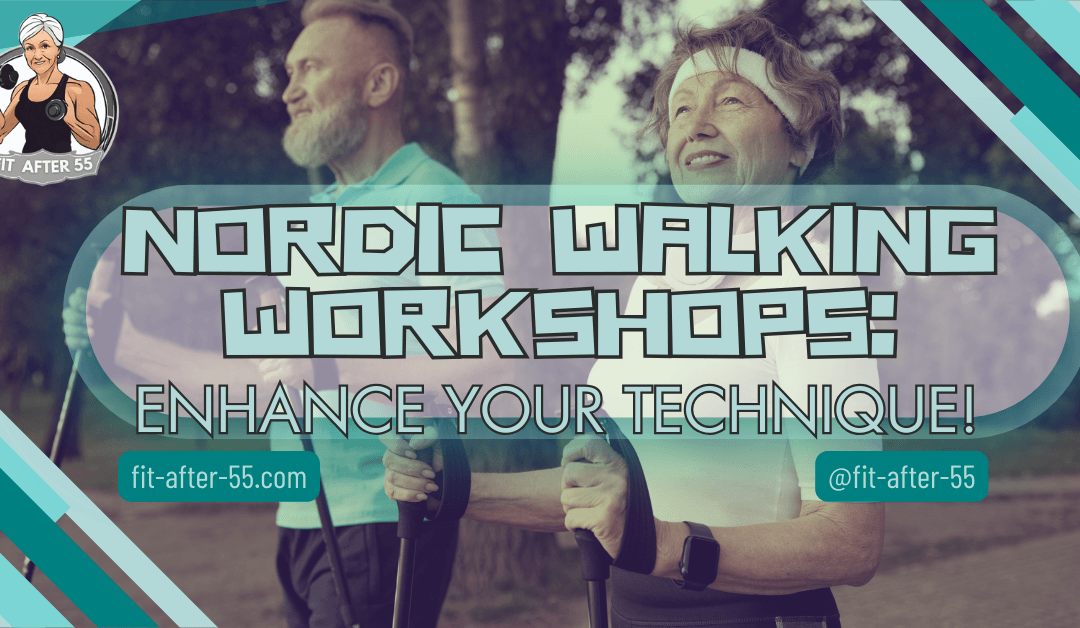Nordic Walking workshops offer more than just a stroll; they present an opportunity to embark on a transformative journey toward improved fitness and technique. Step into the world of Nordic Walking, where each stride becomes a journey toward enhanced fitness and well-being. As the sun kisses the horizon and special poles meet the earth, an invigorating blend of tradition and modern fitness technique unfolds.
In this comprehensive guide, we embark on an exploration of Nordic Walking, delving into its origins, fundamental techniques, and the myriad health benefits it offers. Join us as we navigate through expert-led workshops, discovering the key to mastering this outdoor activity that has captured the hearts of fitness enthusiasts worldwide.
Nordic Walking Workshops: Enhance Your Technique at Expert-Led Sessions
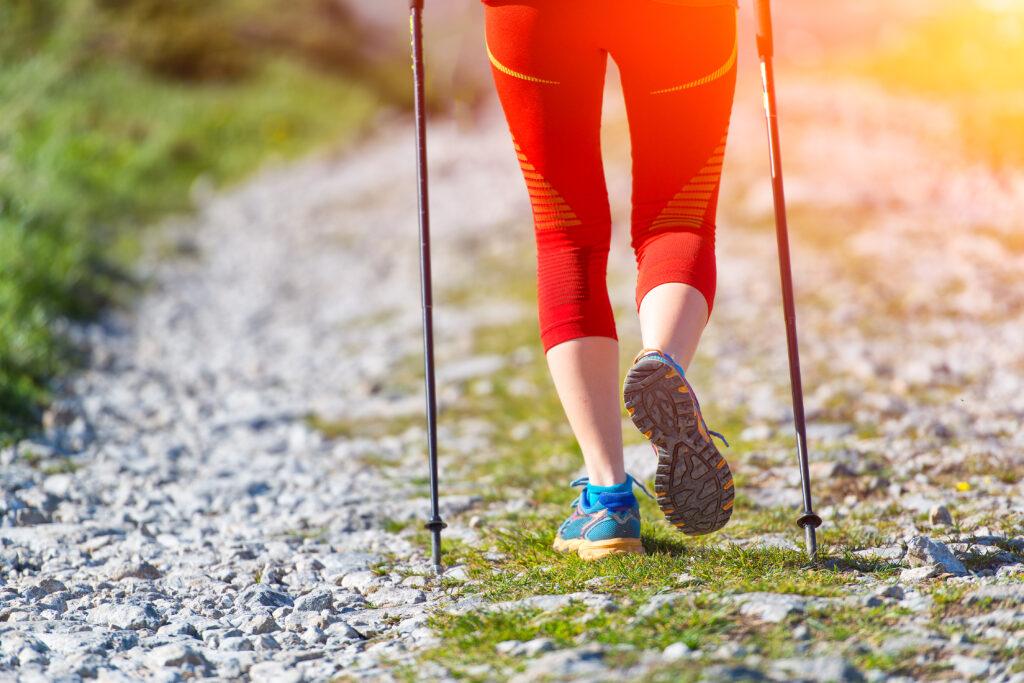
Nordic Walking is an outdoor fitness activity that combines walking with special poles, akin to ski poles, to enhance the natural movement of the arms while walking.
Originally developed in Finland as a summer training regimen for cross-country skiers, Nordic Walking has ascended in popularity due to its simplicity and accessibility, along with the comprehensive range of health and fitness benefits it provides.
By attending Nordic Walking workshops, you can learn the correct technique from certified instructors, ensuring you get the most out of your practice.
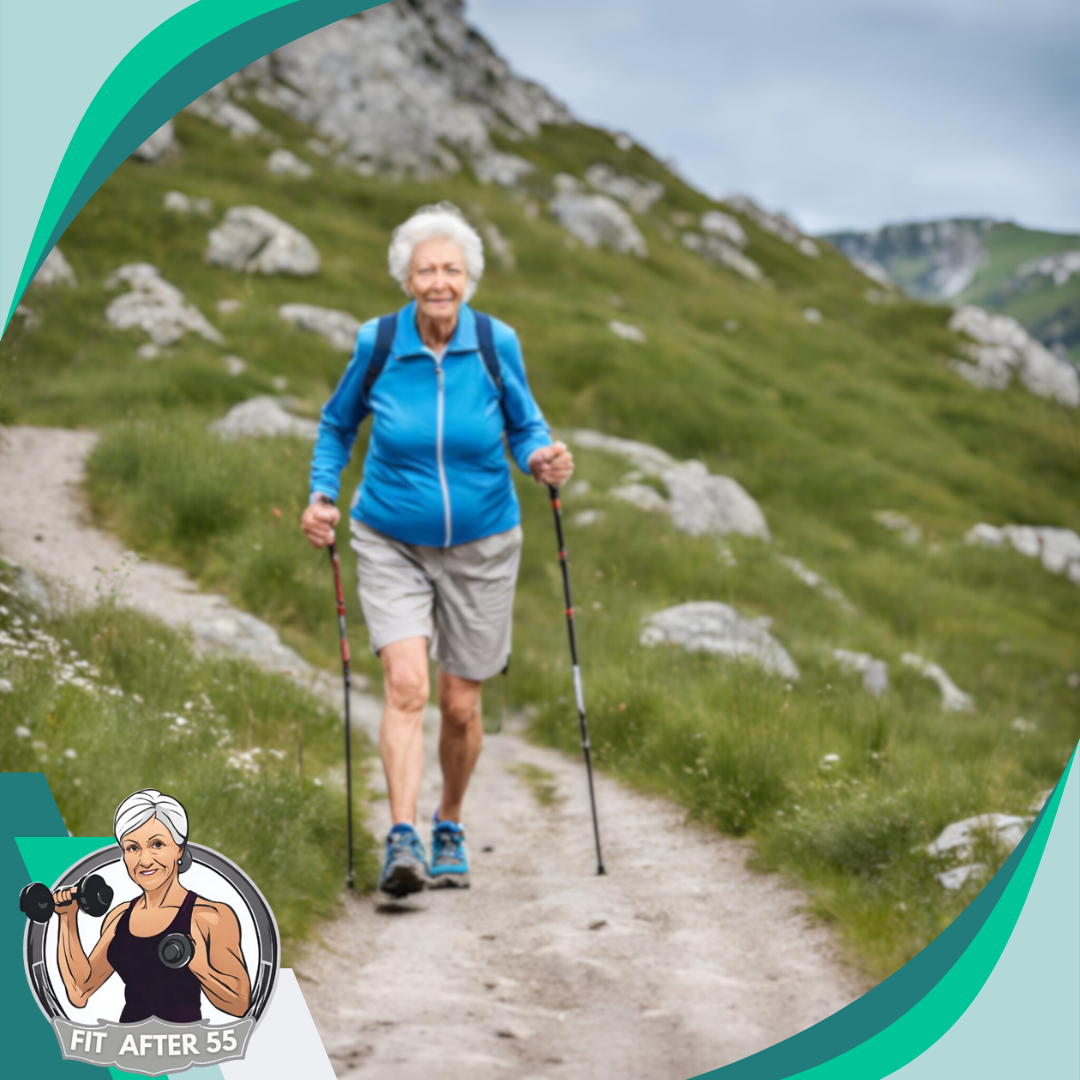
Workshops offer a structured learning environment where you can gain knowledge not only about the fundamental techniques of Nordic Walking but also about how to use it to improve your cardiovascular health, posture, and overall strength.
Furthermore, these educational sessions are designed to cater to individuals of different skill levels, from complete beginners to those looking to master advanced techniques.
Preparing for a workshop might include becoming familiar with the necessary equipment, like choosing the correct Nordic Walking poles, and understanding how to adapt your walking to different environments.
Key Takeaways
- Nordic Walking enhances traditional walking with the use of poles and offers multiple fitness benefits.
- Workshops provide structured learning to master both fundamental and advanced Nordic Walking techniques.
- Adequate preparation and equipment are essential for optimizing the Nordic Walking experience in various environments.
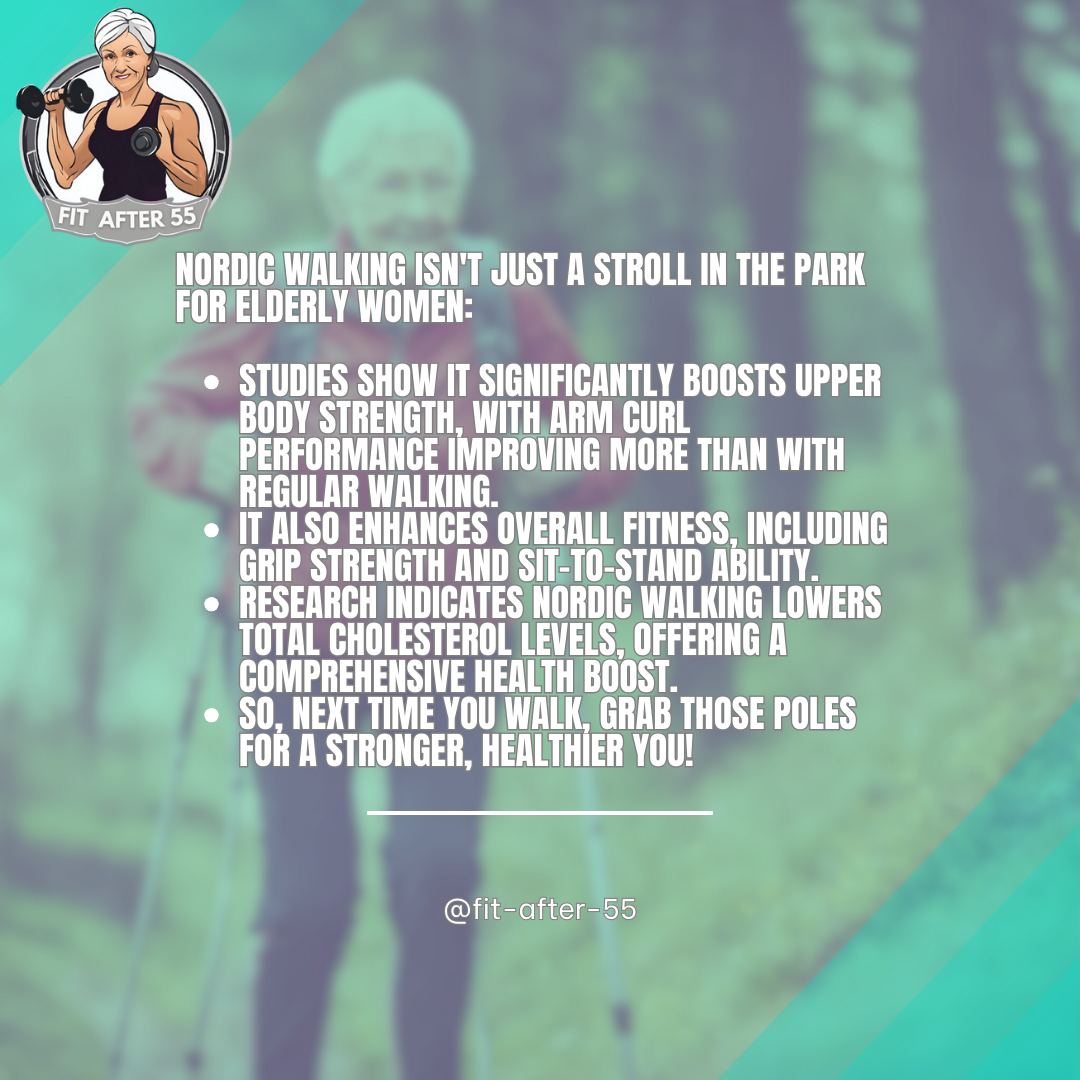
Fundamentals of Nordic Walking
Nordic Walking is a full-body exercise that enhances your walking experience with the addition of specifically designed poles to engage more muscles during the movement. By mastering these fundamentals, you optimize the fitness benefits received from this activity.
History and Origins
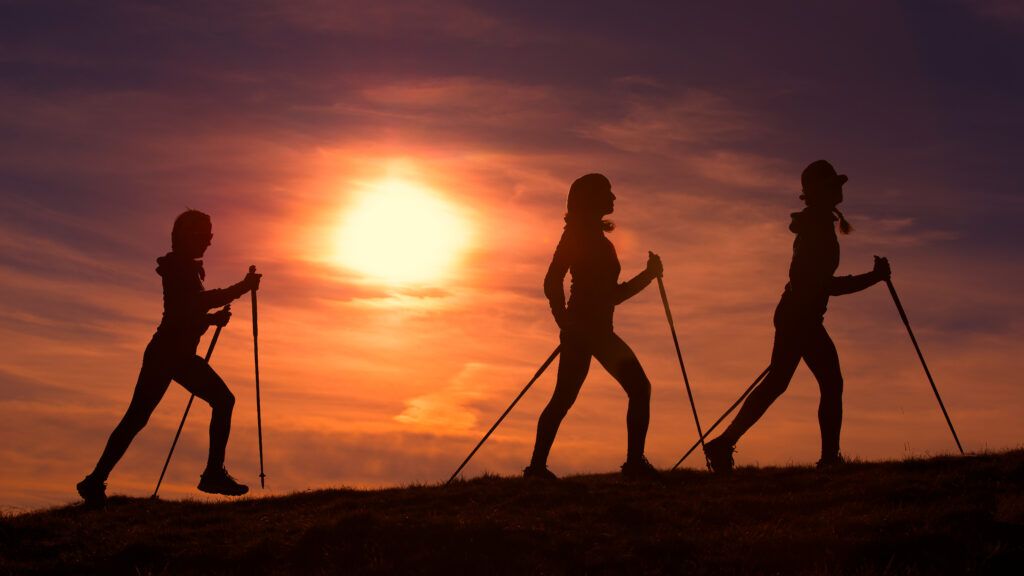
Women do Nordic walking in a red sunset
Nordic Walking originated from summer training routines of cross-country skiers. It was initially a way for skiers to maintain their fitness off-season. Your understanding of its history underlines Nordic Walking’s effectiveness as an aerobic and strength-building workout.
Equipment Essentials
Poles: The most essential gear for Nordic Walking are the poles, which should reach your armpits and have angled tips for grip.
Footwear: Choose comfortable, supportive walking shoes that cushion your steps.
Clothing: Opt for layering and moisture-wicking fabrics to accommodate changes in body temperature during your walk.
Basic Techniques
Grip: Hold the poles with a relaxed grip, using the straps to avoid clenching.
Stride: Match your poles to your foot stride, planting the pole as your opposite foot touches the ground.
Arm Movement: Swing your arms from the shoulder and push down on the pole with each step to propel yourself forward.
Posture: Maintain an upright posture with a slight forward lean from the ankles.
By focusing on these core aspects, you’ll efficiently leverage the health benefits of Nordic Walking, including increased aerobic capacity and muscular strength.
Health and Fitness Benefits
By integrating Nordic walking into your routine, you’re not solely enjoying a stroll; you’re engaging in a full-scale fitness regimen that reaps considerable health benefits. Explore how this activity can significantly bolster cardiovascular health, muscle strength, and assist in managing your weight.

Cardiovascular Health
Nordic walking is a boon for your heart and lungs. It amplifies oxygen consumption and calorie burning by an estimated 18% to 67% more than regular walking, making it a potent cardiovascular workout.
Consistent practice can lead to lower blood pressure and improved endurance.
Muscle Strengthening
Engaging more than 90% of your body’s muscles, Nordic walking is akin to a full-body workout. The use of poles targets your upper body, increasing muscle strength and toning your arms, shoulders, and back—a benefit seldom achieved through standard walking.
This activity has been shown to enhance muscle flexibility and function, which may also help to mitigate joint pain and enhance daily movement quality.
Weight Management
As a low-impact exercise that has a high impact on calorie expenditure, Nordic walking is an excellent ally in weight management. It combines aerobic activity with resistance training, optimizing your body’s ability to burn fat during and post-exercise.
This translates into significant reductions in fat mass and waist circumference over time.
Workshop Structure
Your journey in mastering Nordic Walking starts with a well-structured workshop, meticulously designed to enhance your learning experience through a comprehensive approach. It comprises distinct sections, each tailored to provide a full spectrum of understanding, from theory to practical application.
Session Breakdown
Your workshop begins with a Session Breakdown, outlining each topic’s timeframe and objectives. Here, you will be presented with the agenda, including when you will cover fundamental knowledge in Nordic Walking training and the scientific perspectives behind the sport.
Expect the workshop to allocate time strategically, ensuring each aspect of Nordic Walking is given due attention.
Practical Demonstrations
In the Practical Demonstrations segment, you will observe first-hand the techniques necessary for effective Nordic Walking. Certified instructors will showcase the proper use of walking poles, and demonstrate strides, posture, and arm movements.
This hands-on approach helps you develop the muscle memory required for your Nordic Walking practice.
Interactive Learning
The Interactive Learning portion is designed for participant engagement. You’ll have the opportunity to ask questions, receive individual feedback, and practice with fellow attendees.
Workshops often incorporate group exercises and scenarios that prompt you to apply your learning in real-time. This is essential for refining your technique and ensuring that you’re prepared to provide basic Nordic Walking instruction confidently.
Preparation for Workshops
Proper preparation can significantly enhance your Nordic Walking workshop experience. By addressing logistics and safety beforehand, you ensure a productive and enjoyable session.

Pre-Workshop Checklist
- Research: Familiarize yourself with Nordic walking techniques to maximize the benefits of your workshop.
- Equipment: Ensure you have the correct walking poles, comfortable footwear, and appropriate attire.
- Goals: Set clear objectives for what you’d like to achieve during the workshop.
Safety Considerations
- Health Check: Verify that you’re in suitable health for physical activity; consult a doctor if necessary.
- Understand Risks: Acknowledge potential risks and know how to mitigate them, such as having the right gear for varying weather conditions.
- Emergency Prep: Have a basic first aid kit and familiarize yourself with the nearest medical facility just in case.
Nordic Walking in Different Environments
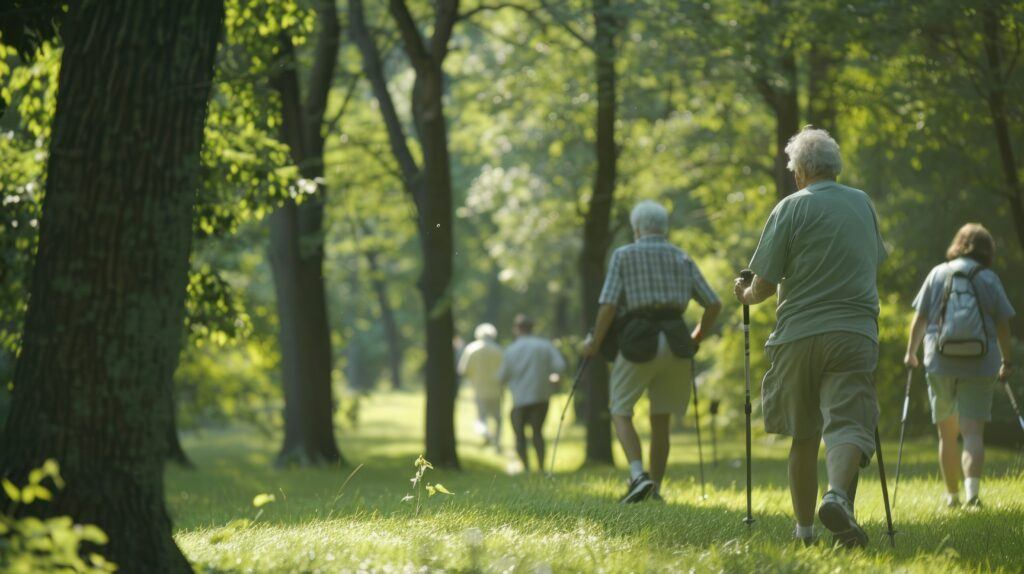
Urban Terrain
When you decide to engage in Nordic walking in an urban environment, you benefit from easy access and convenience. Paved paths and park walkways allow for a consistent surface where you can focus on your technique and form.
It’s essential to account for traffic and pedestrian signals, and you may need to incorporate urban terrain into your training for a complete workout experience.
Nature Trails
Nordic walking on nature trails provides a different challenge due to the varied terrain, such as uneven ground, inclines, and natural obstacles.
This type of environment can enhance your workout by engaging more muscle groups for balance and stability, which may improve functional mobility and postural balance.
Remember to prepare for changing weather conditions and to have appropriate footwear for the best experience on nature trails.
Advanced Techniques
In the realm of Nordic Walking, honing advanced techniques will significantly improve both your workout efficiency and enjoyment. These skills are critical for tackling varying terrain and enhancing your overall walking experience.

Uphill and Downhill Walking
When you walk uphill, your technique shifts to accommodate the incline. Engage your upper body more intensely, planting poles closer to your body to help propel yourself upwards.
During downhill strides, your poles become essential for balance and control. Lengthen your arm reach in front of you, planting the poles firmly to reduce impact on your knees.
- Uphill Technique:
- Use shorter, more frequent pole plants.
- Lean slightly forward; engage your core.
- Downhill Technique:
- Lengthen pole plants in front of you.
- Lean back slightly to counterbalance.
Speed Variations
Mastering different speed variations involves transitioning smoothly between walking paces. Fast-paced walking targets your cardiovascular system, while slower paces focus on strength and technique.
Interval training, which mixes speed variations, can be an effective method to boost your endurance and calorie burn.
- Fast-Paced Walking:
- Aim for a brisk, rhythmic pole plant.
- Ensure proper form to maximize speed without compromising technique.
- Slower Paces:
- Focus on deliberate, powerful pole plants.
- Use this pace to refine your walking technique and build muscle strength.
Post-Workshop Activities
After completing a Nordic Walking workshop, it’s important to incorporate what you’ve learned into your routine and connect with others who share your interest in this activity.
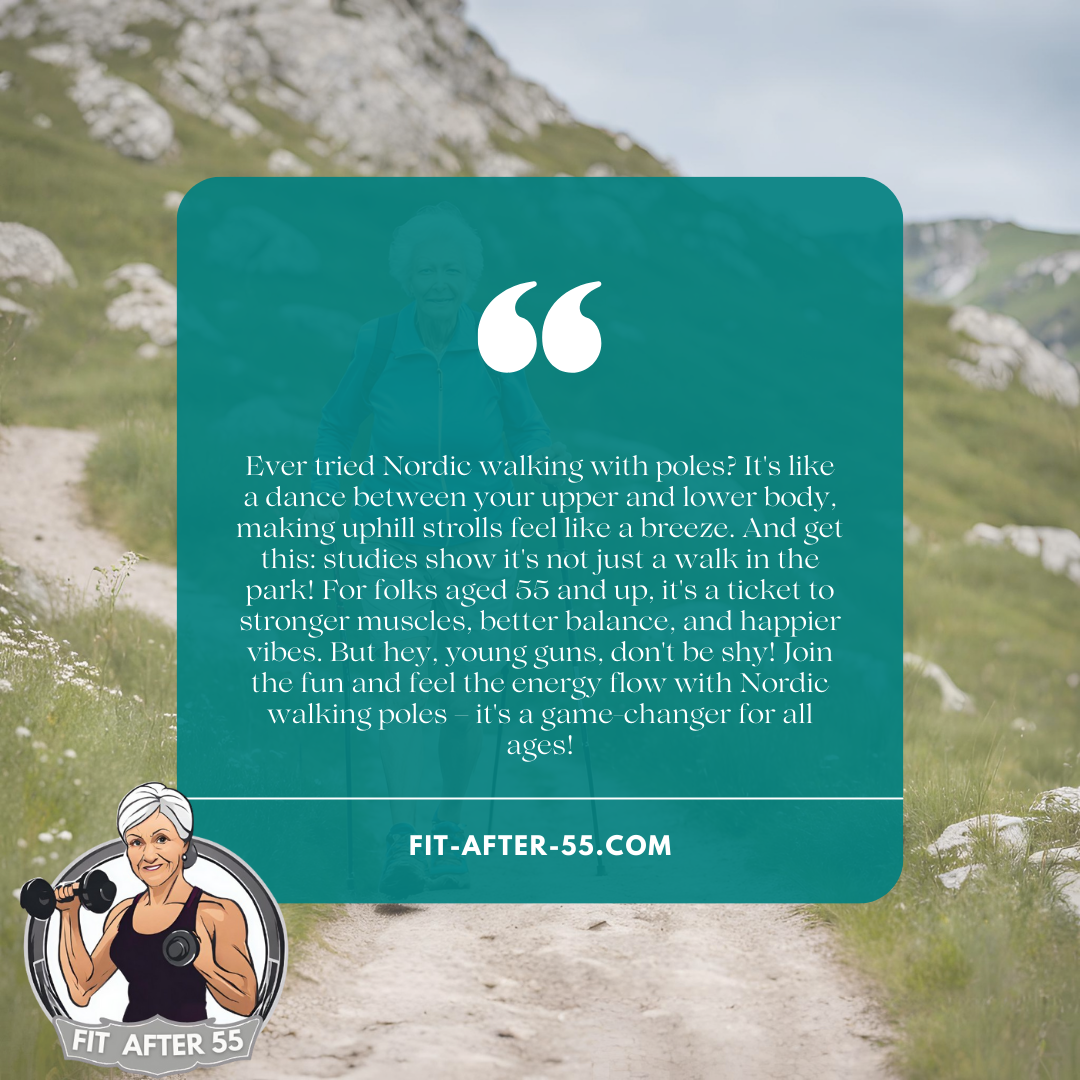
Skill Integration
Your first step should be to practice the techniques you learned. Consistent practice is key to mastering the proper Nordic Walking gait and using the poles effectively.
For instance, if you attended the Nordic Walking – Dorset Council session, schedule regular walks thrice a week to enhance your muscle memory.
- Monday, Wednesday, Friday: 10:00 AM – Integrate learned techniques
- Weekend: Self-assessment of progress
Community Participation
Engage with Nordic Walking communities to stay motivated. Participating in local Nordic Walking groups can provide you the opportunity for ongoing support and enhance your walking experience.
As seen in studies like the one on Effects of nordic walking exercise, interacting with fellow enthusiasts can lead to consistent improvement and a sense of camaraderie.
Nordic Walking Workshops: Step Forward into Fitness Excellence
Nordic Walking presents a holistic approach to fitness, blending tradition with modern technique to elevate your walking experience. From its origins as a summer training regimen to its current status as a global fitness phenomenon, Nordic Walking offers a pathway to improved cardiovascular health, muscle strength, and weight management.

As you embark on your Nordic Walking journey, remember the fundamentals, engage in workshops to refine your technique, and explore advanced skills to maximize your workout efficiency. Whether you’re strolling through urban landscapes or traversing nature trails, Nordic Walking adapts to diverse environments, providing a dynamic and rewarding fitness experience.
Now is the time to step forward and embrace the transformative power of Nordic Walking. Join workshops, connect with communities, and immerse yourself in this invigorating activity. Start your journey today and unlock the full potential of Nordic Walking for a healthier, stronger, and more vibrant you!
Frequently Asked Questions
In a Nordic walking workshop, you’ll gain practical skills and knowledge essential for maximizing the benefits of this full-body exercise.
What should I expect to learn at a Nordic walking workshop?
At a Nordic walking workshop, you can expect to learn the proper technique for using walking poles, including the “plant and propel” action. The workshop is designed to engage your upper body effectively alongside your lower body to ensure a comprehensive workout.
How can I find Nordic walking educational sessions in my area?
To locate Nordic walking educational sessions in your area, check online resources that offer a directory of certified instructors and workshops. You can also reach out to local fitness centers or outdoor recreation groups that may host or have information on nearby Nordic walking classes.
Are there any free Nordic walking workshops available?
Some community health organizations or outdoor recreational groups may offer free Nordic walking workshops as part of their fitness promotion programs.
Searching for local outdoor events or checking with parks in your area might lead you to free instructional sessions.
What are the potential disadvantages of practicing Nordic walking?
While Nordic walking is generally safe, it may not be suitable for everyone.
Using poor technique or inappropriate equipment might lead to strain or injury. Participants with balance issues or certain health conditions should consult a professional before starting.
Can Nordic walking be considered a better exercise option than high-intensity interval training (HIIT)?
Nordic walking provides a low-impact, full-body workout and can be a better option for those seeking a gentler form of exercise compared to the high impact of HIIT.
The choice between the two should be based on personal fitness goals, health conditions, and preference.
How does Nordic walking compare to traditional walking in terms of health benefits?
Compared to traditional walking, Nordic walking engages up to 90% of your muscles. This results in a more intensive workout that can improve cardiovascular health, muscular strength, and endurance more effectively than traditional walking alone.
Discover Fitness Beyond Age: Visit Fit After 55
Unlock the secrets to staying fit and vibrant at any age! Dive into our treasure trove of fitness tips tailored for both the young and elderly. Whether you’re starting your fitness journey or looking to enhance your routine, we’ve got you covered. Join our passionate community dedicated to embracing fitness at every stage of life. Step into a world where age is just a number, and vitality knows no bounds. Explore Fit After 55 now: fit-after-55.com.

